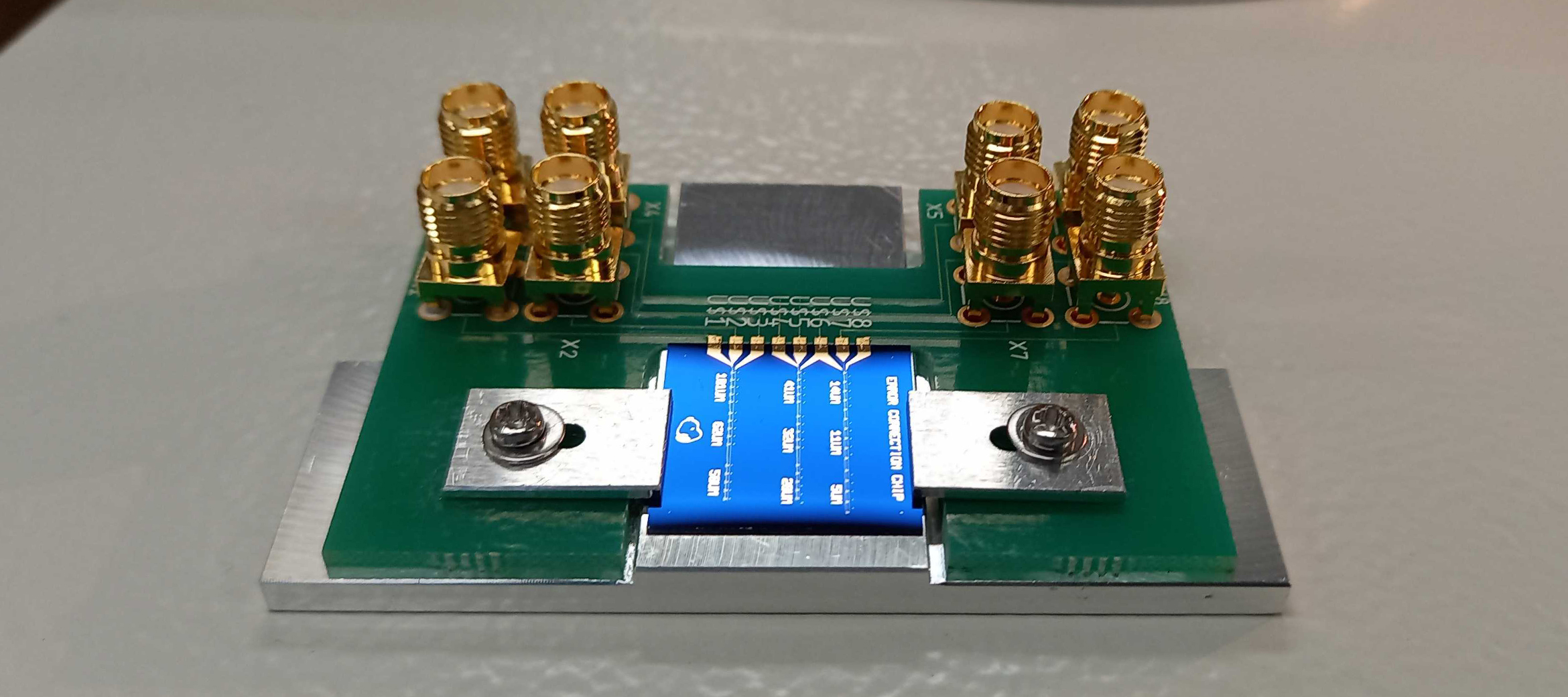At the University of Queensland, Prof. Warwick Bowen’s research team has used Microscopy Australia’s facilities in the development of a nanomechanical logic gate, a key component in making ultra-low-energy computer chips that can withstand the harsh environment of space.
The majority of computer chips today use electrons travelling through semiconductors to transmit information. Nanomechanical chips rely on vibrations instead. This has significant advantages for satellites and spacecraft as nanomechanical chips do not have sensitive electrical components and can withstand much harsher conditions, such as solar flares, without losing information. They also use a fraction of the energy of a semiconductor-based computer.

Photo of the mechanical chip prototype.
At our University of South Australia facility, Prof. Kamil Zuber and team are collaborating with industry partners in the local defence supply chain to develop freeform optics for small satellites. This new optics system will expand Australia’s current intelligence, surveillance and reconnaissance capabilities.
Freeform optics do not require a symmetrical mirror like traditional optics systems but, instead, can be manipulated into any shape needed for peak optical performance. This allows them to be more compact, while producing better image quality. Microscopy Australia’s University of South Australia facility has been key in enabling the development of this device.
The UniSA team has partnered with specialist additive manufacturing company, Amaero, to develop a durable coating that will protect the optical system from radiation and other damage in the harsh low-Earth-orbit environment.
Both of these technologies pave the way to better satellites and support Australia’s growing space industry.
January 9, 2023